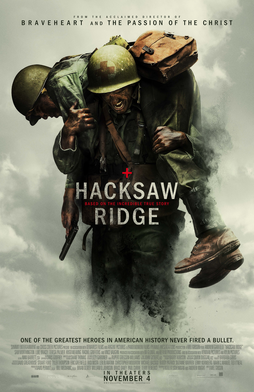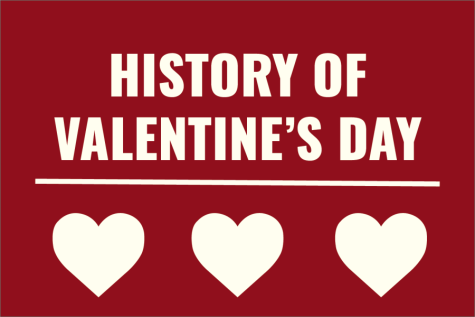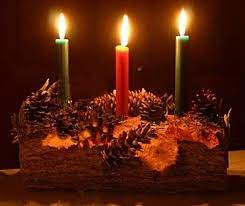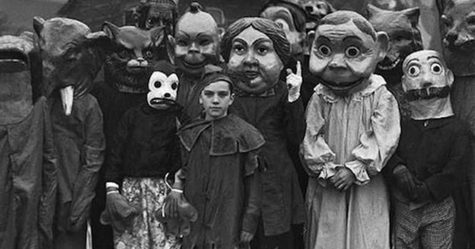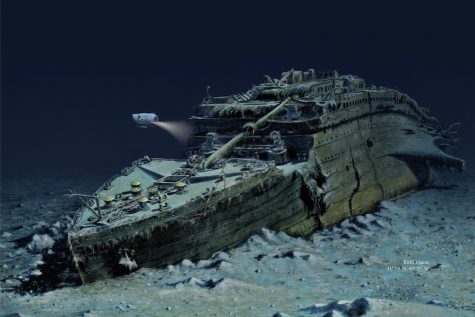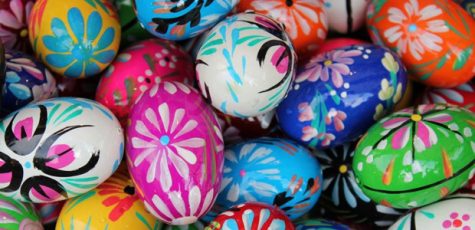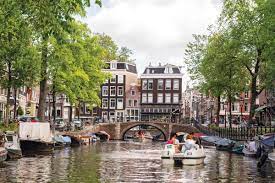The Pagan origins of Halloween
October 18, 2022
Chances are, you have participated in some sort of Halloween activity. Trick or treating, pumpkin carving, and dressing up are all popular Halloween traditions. But have you ever stopped to think about where these traditions come from?
Unlike other popular holidays, modern Halloween has no solid basis in religion or historical events. In the modern day, it is seen mostly as a way to celebrate all things spooky and paranormal. But before that, there was Samhain (pronounced sah-win). Samhain is often regarded as the predecessor to modern day Halloween. The first celebrations of Samhain date to nearly 2,000 years ago, in what is now modern day Ireland. Early Celtic Pagans, particularly the group known as Druids, viewed Samhain as a sacred holiday where the mortal veil was incredibly thin and spirits could roam free.
One of the most important Samhain traditions was the bonfire, which was meant to symbolize the sun and keep the winter chill at bay. These fires were a gathering point for many, where they communicated with spirits and employed different methods of divination. They also practiced traditions like “mumming” (dressing in scary costumes) and carving grotesque faces into gourds or pumpkins to scare evil spirits away. It is no coincidence that dressing like monsters and carving jack-o-lanterns has persisted throughout the centuries!
When the Romans conquered Celtic territories in 43 A.D., they sought to merge their religious beliefs with that of the Celts. As a result, the Roman festivals of Feralia and Pomona, celebrations of the dead and the fruit goddess, respectively, began to meld with Samhain. Interestingly, Pomona’s symbol was the apple. Many historians believe this symbol led to traditions like apple bobbing and the consumption of apple-based treats!
Samhain, like most Pagan holidays, fell under Christian influence as the religion grew in prominence. The most notable of these influences came in 1000 A.D., when the church introduced “All Souls Day” as a Catholic replacement for the Samhain festival. This Catholic influence did not erase the holiday’s Celtic roots, however. Even under church influence, All Souls Day was celebrated by lighting bonfires and dressing as demons, saints, and angels. As the years went on, the day became known as “All Hallow’s Eve,” which eventually evolved into the modern name “Halloween.”
It is important to note that this article covers Halloween from its Celtic origins. There is no lack of other “spooky” holidays from other cultures that have left their mark on the holiday. Notably, holidays like Dia de los Muertos, Daimonji, and Walpurgis Nacht have influenced the scary festivities of the season.
Samhain is still celebrated by some Irish people, as well as Pagans around the world. Its influence on modern day Halloween festivities is undeniable. So, the next time you cut some holes in a sheet or turn on a scary movie, remember the ancient traditions that inspired it!



